China has started building its third aircraft carrier but unlike the Liaoning (a modified version of Soviet ship) and Type 001A (first Chinese-designed and built ship), the latest carrier – called CV-18 – will possess a high-tech electromagnetic launching system to allow more aircraft such as J-15 fighter jets to be launched in a shorter time than other systems.
But thousands of miles away in Sri Lanka, while people around the world were celebrating the first day of New Year 2018, flags of China and Sri Lanka were hoisted to the same height at the Hambantota port. It may seem harmless but the problem is this – the Chinese flag was raised by a Chinese company on Sri Lankan soil. It is now seen as a breach of sovereignty of Sri Lanka.
First of all, only the Chinese Embassy has the authority to hoist the Chinese flag in Sri Lanka. Chinese flags can also be raised at events where the Chinese leader is participating. Secondly, it’s customary to raise Sri Lankan flag at a higher level than other flags. But in this case, a Chinese company has raised the Chinese flag at the same level as the Sri Lanka’s.
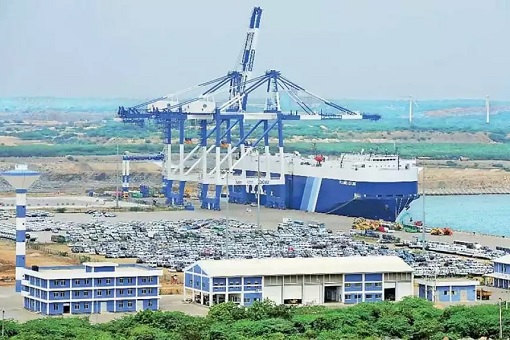
Hence, it was an insult as it somehow means Sri Lanka has lost its sovereignty over Hambantota port to a foreign power – China. Well, that’s what you get when you desperately need easy cash from China. Last month (December 2017), the Government of Sri Lanka officially handed over Hambantota port, its main southern port to China Merchants Port Holdings in exchange for money.
The deal, signed in July 2017, will see China Merchants Port Holdings handling the Chinese-built Hambantota port on a 99-year lease. The deal also saw the Sri Lanka Finance Ministry received the first tranche of US$292 million out of a US$1.12 billion agreement. Essentially, for US$1.12 billion, China has taken control of a strategic port in Sri Lanka – for 99 years.
China Merchants Port Holdings is holding 70% stake (down from 80% after protests by opposition groups) in a joint venture with the state-run Sri Lanka Ports Authority (SLPA). The port deal is just one of a series of infrastructure projects China has made in its ambitious “One Belt, One Road” (OBOR) initiative to link countries through land and sea trade routes from Africa to Europe and beyond.
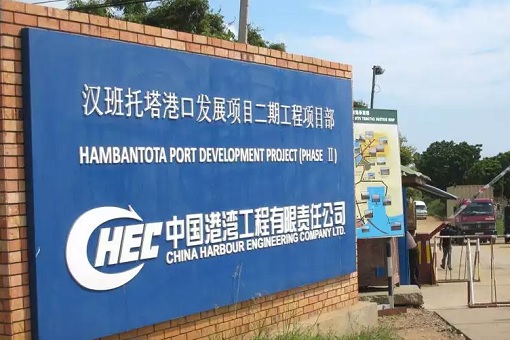
Amusingly, the US$1.12 billion received would not sit in the Sri Lanka Finance Ministry’s coffer for long. Sri Lanka owes more than US$8 billion to state-controlled Chinese firms and that money would eventually flow back to Beijing to reduce the nation’s debt. The price being paid for reducing the China debt could prove more costly than the debt burden Sri Lanka seeks to reduce.
China’s tentacles spread further when a consortium led by state-run China Harbour Engineering Company Ltd announced a new investment of US$1 billion to build three 60-storey office towers on reclaimed land in Colombo. This deal follows an earlier Chinese investment of US$1.4 billion to carry out reclamation work for the wider Colombo International Financial City development.
The Sri Lanka financial centre mega-project is, of course, strategically located next to Sri Lanka’s harbour, the only deep sea container port in the region. Sri Lankan officials said 60% of the 269 hectare (672 acre) reclamation, due to finish next year (2019) complete with yacht marina, had already been completed.
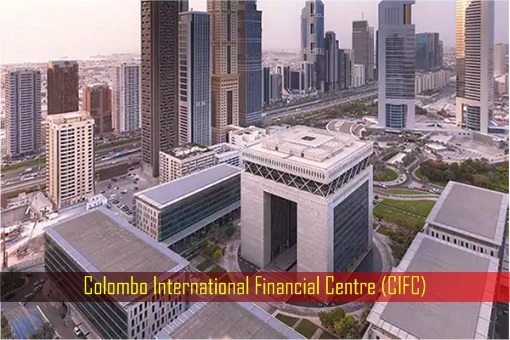
The Colombo International Financial City, initiated by former Sri Lankan president Mahinda Rajapakse, is to create a financial centre in the Indian Ocean comparable with those in Singapore and Europe, supposedly drawing billions in foreign investment and creating thousands of jobs. But will this project flop and see the ownership being transferred to China – again – like the Hambantota port?
The US$1.5 billion port of Hambantota, which was launched in 2010, but was incurring losses due to lack of commercial activity is now the property of China. Hambantota port isn’t the only non-performing mega-project funded by China. Mattala Rajapaksa International Airport, the second-largest in Sri Lanka, is designed to handle a million passengers per year.
Sadly, the Sri Lanka’s airport receives only about a dozen passengers per day. Business is so slow that the airport has made more money from renting out the unused cargo terminals for rice storage than from flight-related activities. Located 25 miles (40 kilometres) from Hambantota port, Mattala Rajapaksa International Airport has earned the title as the world’s emptiest airport.
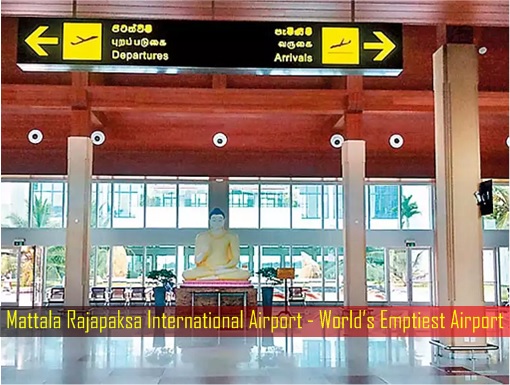
But was the Chinese really that dumb that they keep dumping money in projects bound to fail so that they could own the white elephants? China is actually buying strategic locations in the backyard of India. That’s why the Government of India wasn’t amused and has actually countered China’s hidden agenda by offering Sri Lanka US$300 million to buy over the world’s emptiest airport.
Projects like Mattala or Hambantota are not driven by local economic. Hambantota sits in a very strategic location, just a few miles north of the vital Indian Ocean shipping lane over which more than 80% of China’s imported oil travels. Therefore, the port would serve as an important “base outside of China” – protecting and expanding its influence in the region.
When Sri Lanka allowed two Chinese submarines to dock in the capital of Colombo in October 2014, all hell breaks loose from its northern neighbour India. Although Beijing clarified that its submarine, on an escort mission to the Gulf of Aden and waters off the Somali coast, had docked for replenishment, the sight of the Chinese submarine in their own backyard made India extremely uncomfortable.
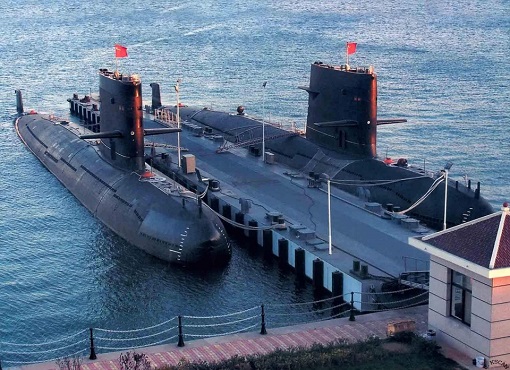
Now that a Chinese company runs the show at Hambantota port, there’re concerns that the unprofitable port could be turned into a naval base for the Chinese. Sri Lanka has rubbished such claims. The immediate need of China is to guarantee China’s energy security at the Bay of Bengal near Sri Lanka. However, there’s nothing to stop Chinese military vessels from making pit stops.
China is playing a long-term game. That explains why they were willing to pour cold cash into third world countries with political instability such as Sri Lanka and Venezuela. The Chinese knew infrastructure projects can’t make money fast. But this is precisely the reason why China can excel without much competition from Fortune 500 companies.
The Chinese were aiming for key resources and new markets so that the Middle Kingdom’s economy could keep going by exporting its excess industrial capacity. The game is to build mega infrastructures for weak countries hungry for investment. Beijing provides loans but money would most often than not go to Chinese companies while the country is saddled with huge debt.
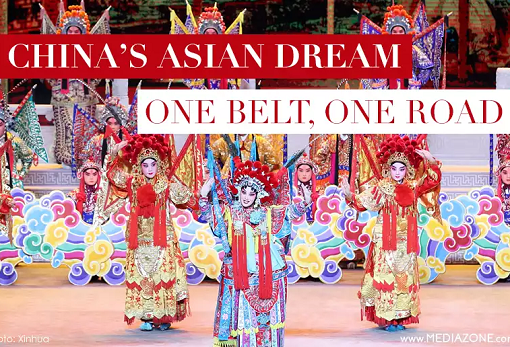
Many other OBOR countries have taken on huge Chinese loans that could prove difficult to repay. Sri Lanka is just one of them. But hey, why blame China when they actually learned from the British and Dutch’s colonization where they weaponized debt to take control of nations’ strategic assets. Of course, China insists OBOR is not a tool to economic colonization.
Other Articles That May Interest You …
- Forget South China Sea, China Is Dominating Indian Ocean – And India Isn’t Happy
- Watch Out US, Japan, India – China Launches Asia’s Biggest Type 055 Destroyer
- Here’s How China Hurts U.S. – Boycotts All South Korean Products1
- India Boycotts $100 Billion OBOR – Sees Through China’s Territorial Ambitions
- Declaration Of War! – U.S. Military Wants Control Over Ports In China & Russia
- China Invasion – Top 10 American Iconic Brands Now Owned By Chinese
- Bandar Malaysia Has Become “Bandar China” – The U.S. & Malays Conned By Najib
- “War Message” To Japan And US!! – China Sends 40 Fighter Jets & Bombers To Okinawa

|
|
January 5th, 2018 by financetwitter
|


|

|

|

|

|

|




























China should not favour any enemy if it favours then on who’s account is China favouring the enemy.Do your war rapidly or other allies will think k Chin China is a prisoner at war duty. British in India is disgusted and continue to suffer , Indian British have done too many favours to China and not got equal support.Weapons to be purchased by y British in India. r